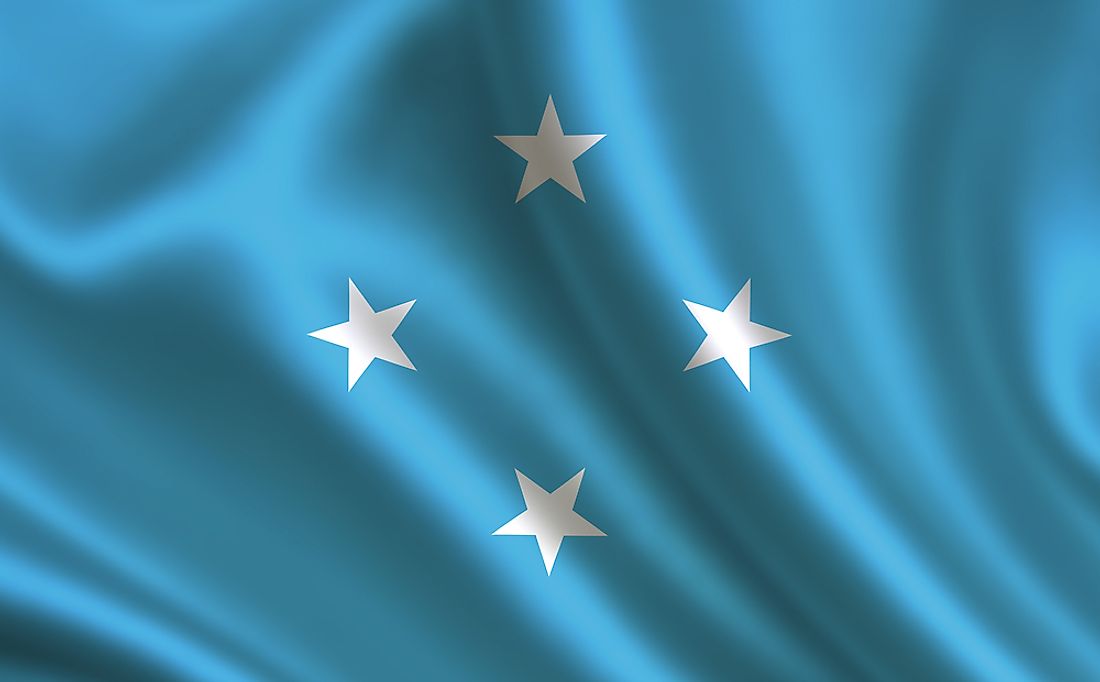What Languages Are Spoken In The Federated States Of Micronesia?

The Federated States of Micronesia (FSM or Micronesia), is a sovereign island nation in the Pacific Ocean and a member of the Small Island Development States (SIDS) of the World. Micronesia consists of four smaller states namely; Yap, Chuuk, Pohnpei, and Kosrae all associating freely with the US while its capital city is Palikir. Until 1986, Micronesia was part of the UN’s Trust Territory of the Pacific Islands under US administration, a factor that has made the FSM over depend on the US to this day. Geographically, Micronesia consists of 607 small islands grouped into seven territories and spread over an area of approximately 271 square miles covering a longitudinal length of approximately 1,678 miles.
There are eighteen recognized languages of the Federated States Of Micronesia, seventeen of which are indigenous. There are six institutionalized languages out of the total eighteen while four are still to be developing. Four of the languages enjoy wide use, two are facing sustainability challenges, and other two are technically dead. Languages not mentioned include the Kapingamarangi, Woleaian, Ulithian, Nukuoro, Pingelapese, Satawalese, Mortlockese, Ngatikese, Puluwatese, and Mokilese among others. There are a considerable number of the older generation who speak fluent Japanese owing to the political history with Japan during the first World War.
Official Language Of The Federated States Of Micronesia
Majority of the 105,000 Micronesians speak English as the official language with an estimated literacy level of 89%. This language is the official language of instruction in schools, government, as well as commerce and owe its use to the historical relationship with the US from 1947 to 1994. Due to the concern of preserving local languages while maintaining international languages, Micronesia has a language policy that places importance on both English as an international language and local dialects for cultural preservation.
Chuukese Language
Chuukuse is an ethnic group that forms half of Micronesia’s population and also speaking their own dialect, the Chuukese. The Chuukese language also called Trukese is the native language spoken mostly in Chuuk state with some smaller speakers of this dialect found in Guam and the other islands. Approximately 45,900 locals identify themselves as natives of this language that interestingly has most words starting with double consonants. Chuuk state uses Chuukese and English as official languages of instruction for students in first grade up to eighth grade and thereafter, upper-grade students only use English. Approximately 48.8 of the total Micronesian population speak Chuukese.
Kosraean
Approximately 8,000 citizens (6.2% of the total population) of Micronesia speak Kosraean and mostly in the Kosrae state. Just like the other indigenous languages, school going children between grades 1-3 use this language for instruction and thereafter at grades 4-5, they use Kosraean and English for instruction in school. Kosraean has 12 vowels and 11 consonants as well as a variety of possessive adjectives.
Yapese
Mostly spoken in Yap State, the Yapese language is an Austronesian language. Approximately 7,000 people speak this language with an interesting characteristic whereby speaker pronounce all the words that have vowels at their beginnings with a glottal stop. This is Yapese’s distinct feature setting it apart from the other languages of the nation. Yapese use in school is similar to the Kosraean structure and Yapese speakers make up 5.2% of national population.
Pohnpeian
Over 30,000 people (24.2% of national population) in the state of Pohnpei speak Pohnpeian language making it the second most popular indigenous language in Micronesia. Though not a dialect of Chuukese, these two languages share a close structural relationship. With an alphabet of 20 letters, this language has different vocabularies and grammar that manifest themselves in different socio-economic strata, meaning the rich and poor sometimes use different vocabulary. Pohnpeian follows the similar rule in school as the other FSM languages.











